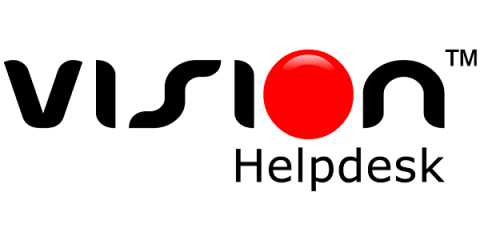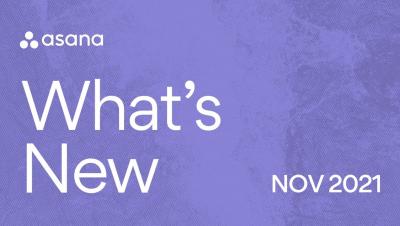What You Should Know about ITSM Service Desk Software
The processes demonstrated by this software promote maximum business values through the efficiency of IT services. ITSM service desk software also helps accomplish daily activities, especially in the information technology sector of the company. Through the help of this software, the IT team effectively manages all the services in their departments.











